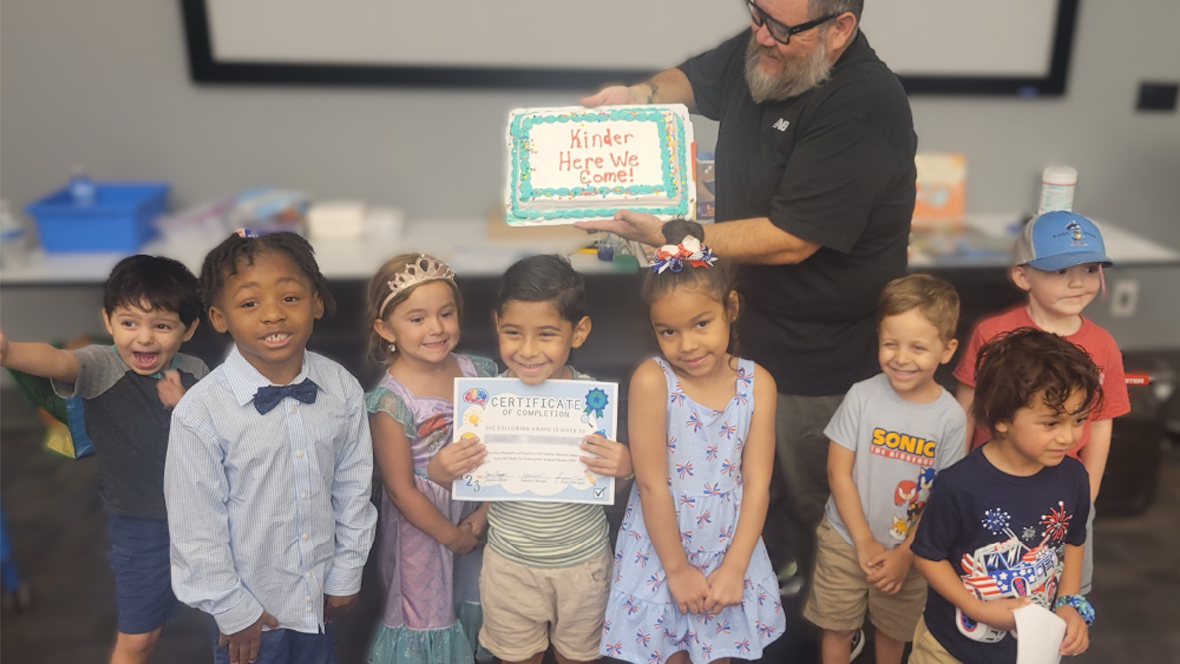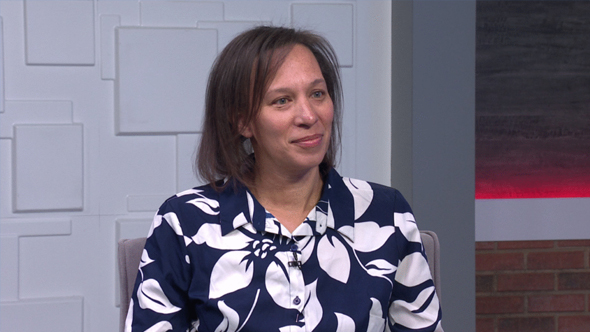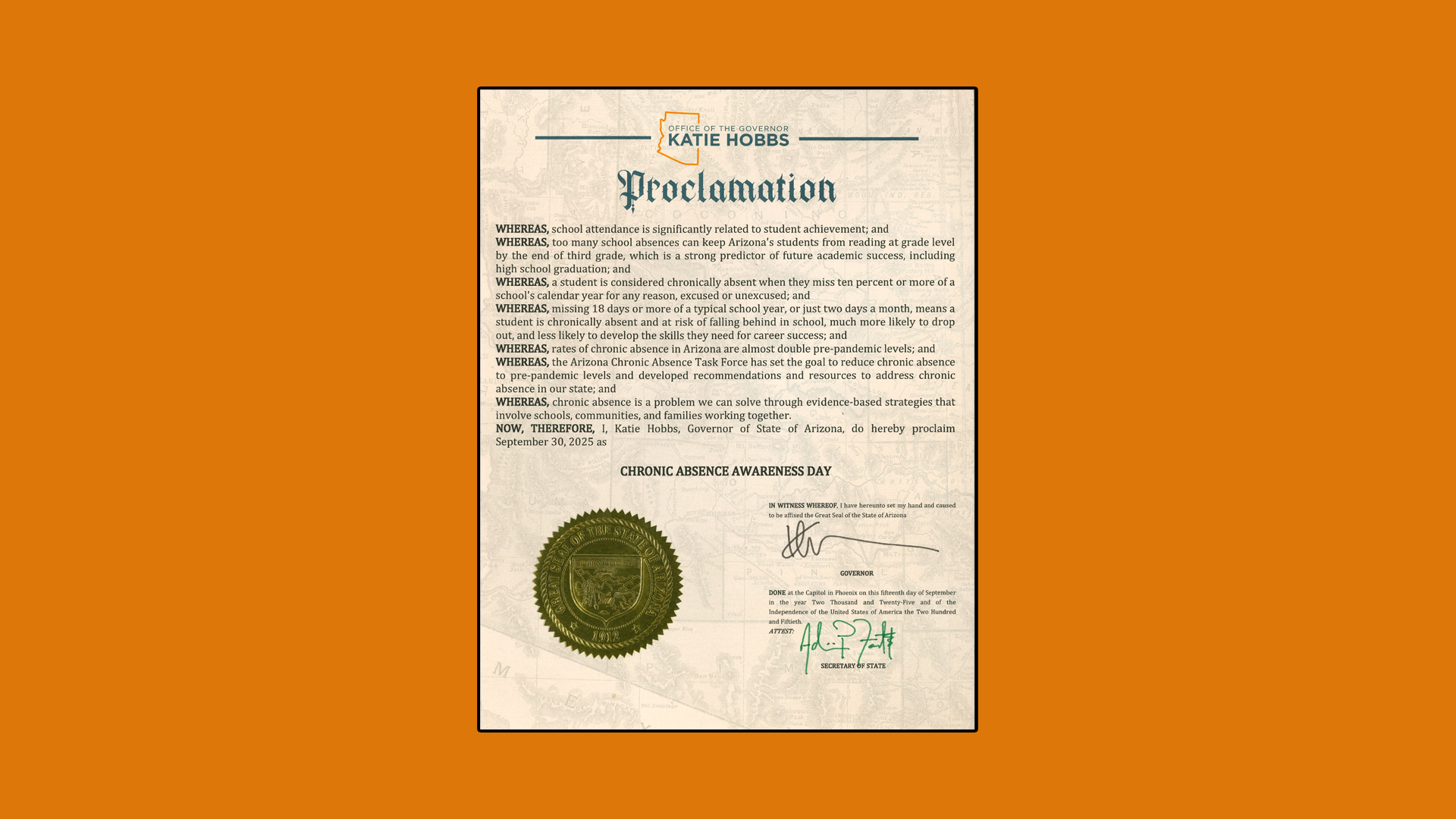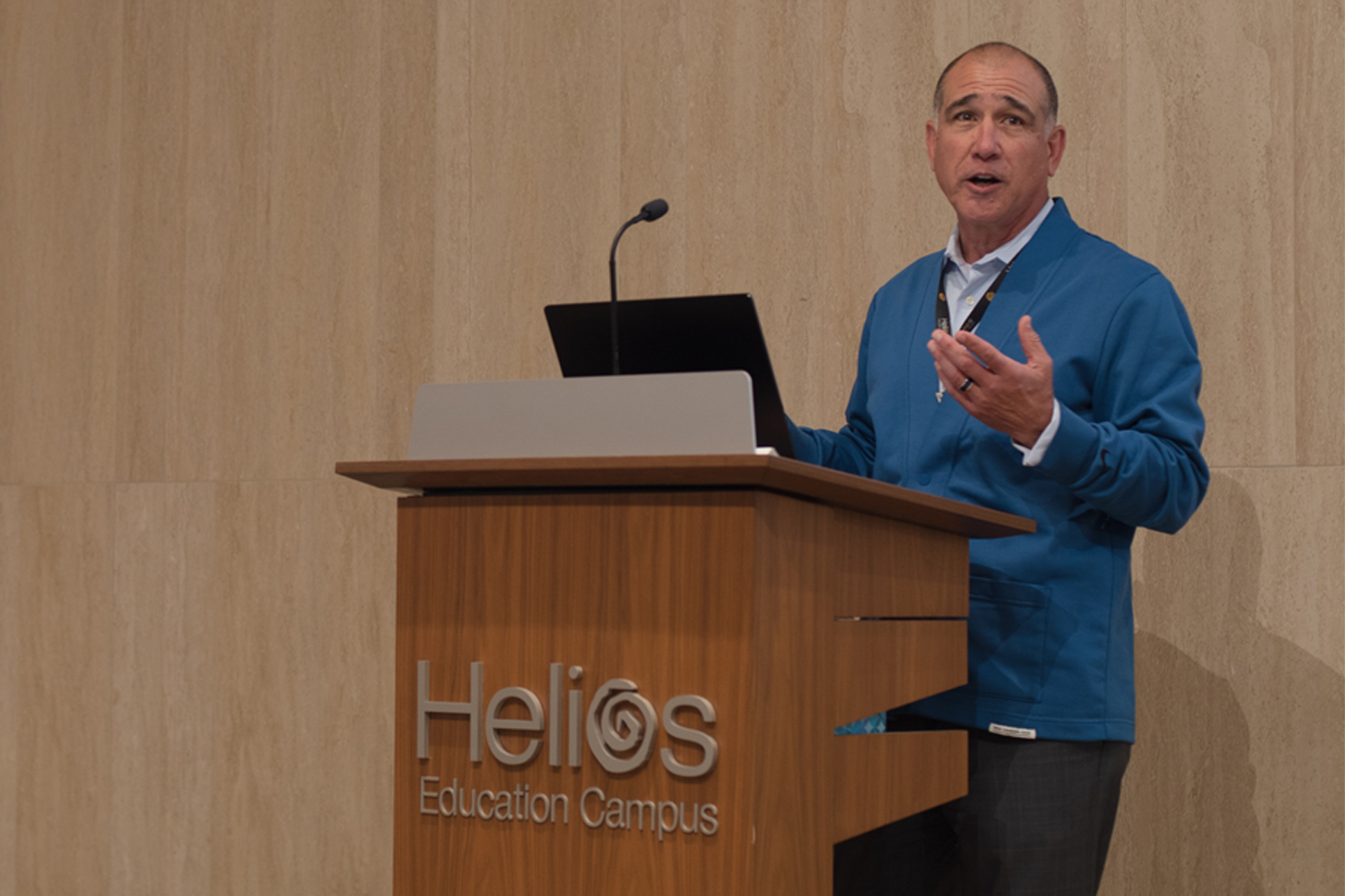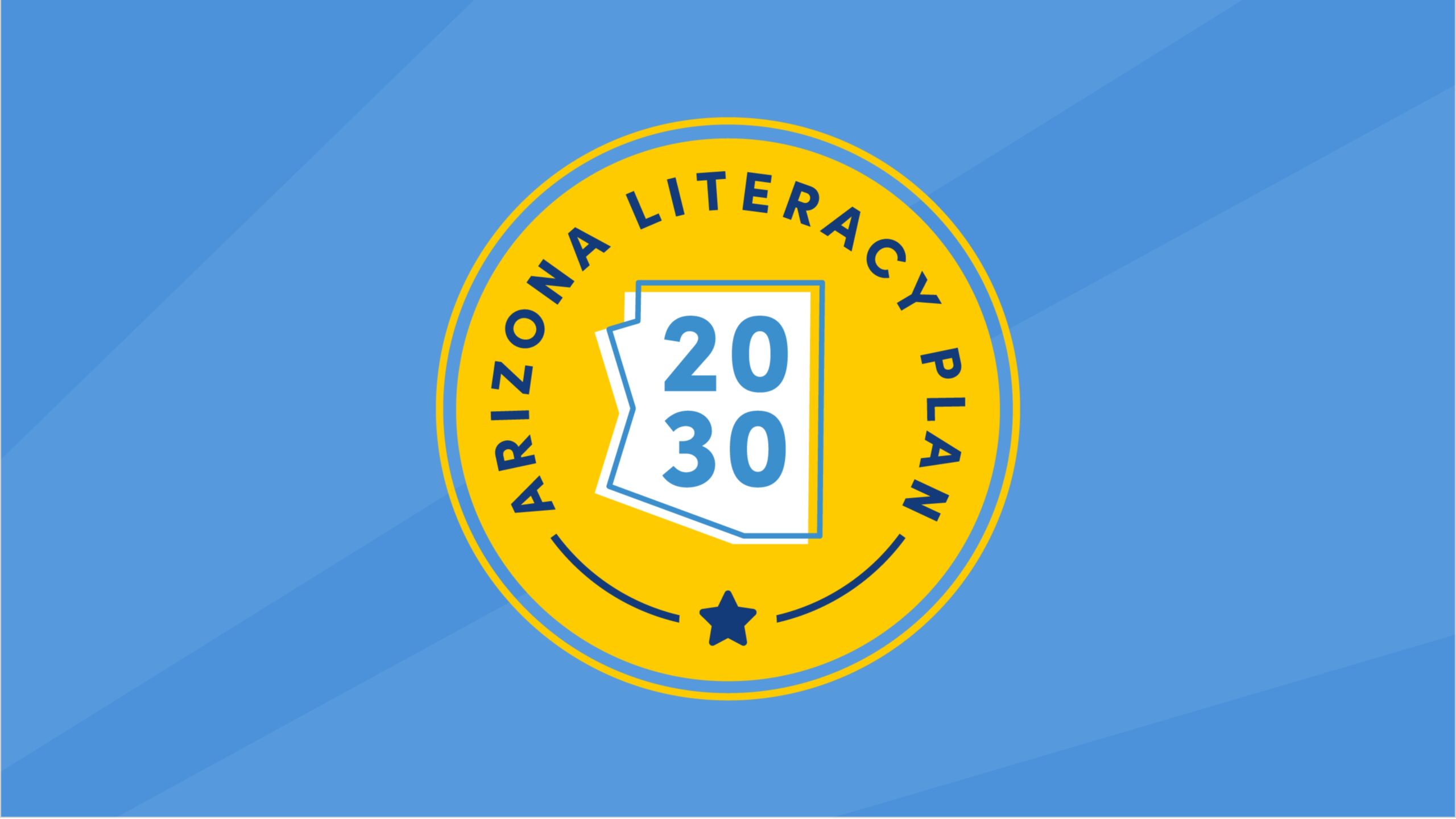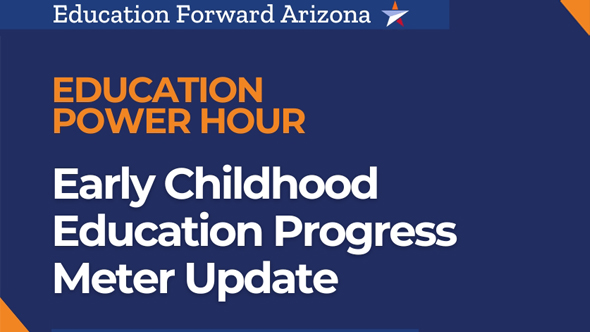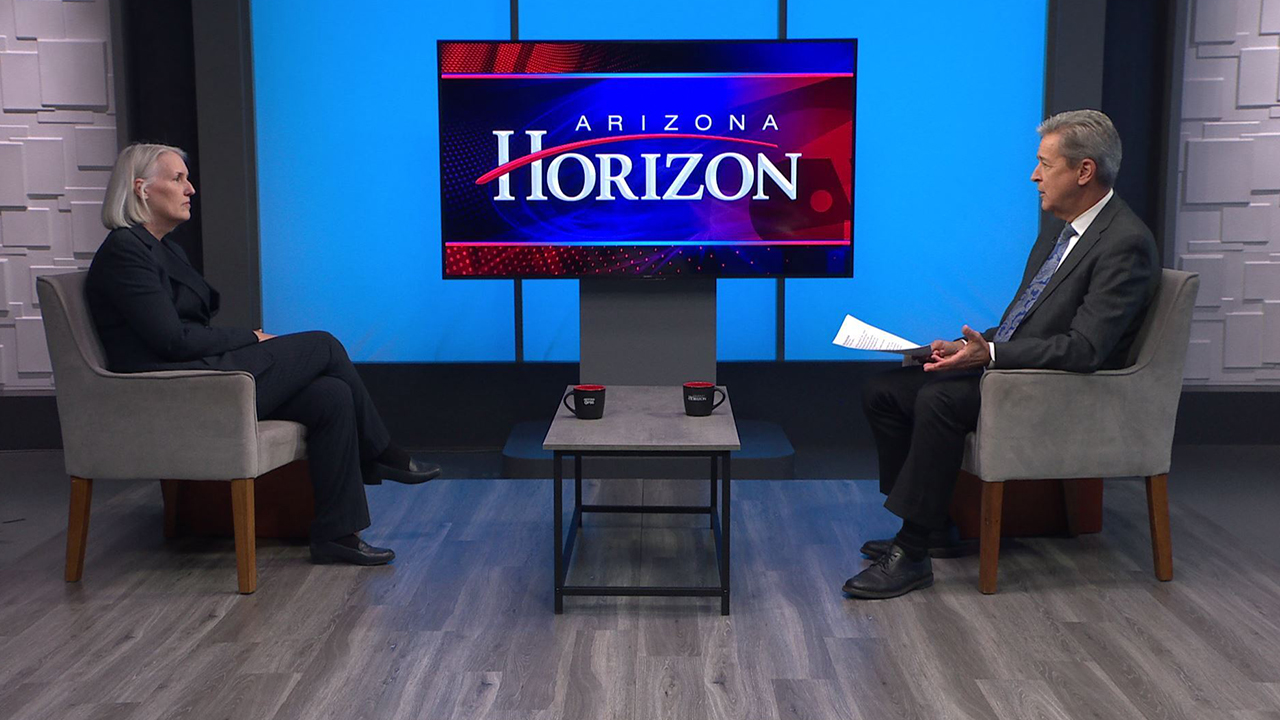
November 03, 2025
State Strategies
Members of the Arizona Chronic Absence Task Force reconvened earlier this fall to track recent developments and implementation of their recommendations to reduce chronic absence in our state.
Data on rates of chronic absence for the 2024-25 school year is not yet available, but significant progress is being made on the Task Force’s three high-level priorities.
1. Build awareness and urgency with clear, compelling calls to action.
- The Task Force’s goal to reduce chronic absence to pre-pandemic levels by 2030 is one of the five “scale-to-succeed strategies” at the center of Arizona Literacy Plan 2030, which has support and action commitments from many key partners from across the state. The Arizona State Board of Education formally adopted the chronic absence goal at its December 2024 meeting.
- Governor Hobbs proclaimed Sept. 30 as Chronic Absence Awareness Day in Arizona.
- Chronic absence has been a frequent topic in media coverage of education issues, most recently on Arizona Horizon. Helios Education Foundation’s new report on chronic absence in Arizona high schools also drove public discussion of the issue.
- Schools and community partners are sharing messages about the importance of attendance. One example is Valley of the Sun United Way’s ongoing Attendance Matters campaign.
2. Collect actionable data to identify challenges and drive solutions.
- The Task Force’s Actionable Data Workgroup is examining ways to accurately account for student mobility in Arizona’s definition of chronic absence.
- Initial conversations are underway with the Arizona Department of Education (ADE) on expanding chronic absence data collection to include all grades and student subgroups, and data analysis and modeling will soon begin to inform recommendations to adjust Arizona’s A-F Accountability metric for chronic absence reduction.
3. Promote systematic, evidence-based prevention and intervention strategies.
- Many Arizona school districts have developed strategic plans to address chronic absence that align with the Task Force’s Arizona Chronic Absence Resource Guide. Casa Grande Elementary School District’s Student Attendance Plan is one example.
- Read On Arizona and ADE continue to provide training from Attendance Works on proven strategies to promote attendance and student engagement. More than 350 Arizona educators and administrators have participated in past cohorts of the three-part e-learning series. The upcoming Fall 2025 cohort includes parents and community partners, as well as school districts, with a focus on elevating the voice of families.
- The Arizona Attendance Summit brought partners together to share lessons learned from several school districts that are taking a tiered, systematic approach to reducing rates of chronic absence.
The Arizona Chronic Absence Task Force will continue to meet in the coming year to drive further progress in reducing chronic absence and getting our students back to school and back on track.

